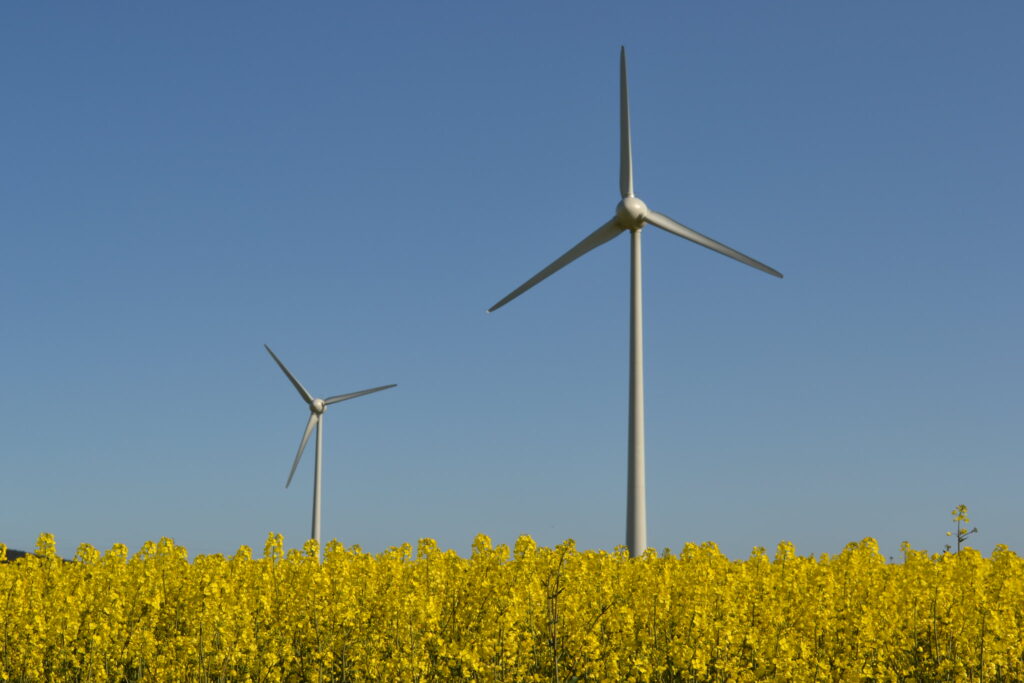
In 2019, the amount of electricity generated by wind power surpassed hydroelectric power for the first time, making wind the largest renewable source of electricity generation in the country.
Total wind generation in 2019 was 300 million MWh, which was 26 million MWh more than was produced by hydroelectric plants.
Hydroelectric generation has fluctuated between 250 and 320 million MWh over the past decade. The capacity base has been stable, so the fluctuations were a result of variable annual precipitation. Hydroelectric generation is generally greatest in the spring when rain and melting snow pack increase water runoff.
The growth in wind power is primarily a result of increasing capacity rather than any major fluctuations in wind caused by changing weather. The U.S. added about 10 GW of wind capacity in 2019, making it the second largest year for capacity additions ever, second only to 2012.
Wind energy is an intermittent source, meaning that it isn’t windy all the time. The average annual capacity factor for the U.S. wind fleet over the past decade has been 28 to 35%, meaning that is the amount of energy actually produced compared with the systems running at continuous full power all the time. By comparison, the U.S. hydroelectric fleet operated at 35 to 43% of capacity during that period. So, wind power is actually not that much less a steady source than hydroelectric power.
According to the U.S. Energy Information Administration, the government’s production tax credit, which was extended through this year, means that wind power capacity in the U.S. will continue to grow at a robust pace. Meanwhile, some dams are being decommissioned and there is little new construction in the hydropower sector.
**********
Web Links
Wind has overtaken the top position for renewable generation in the U.S., EIA says
Photo courtesy of Flickr.
Earth Wise is a production of WAMC Northeast Public Radio.
Leave a Reply